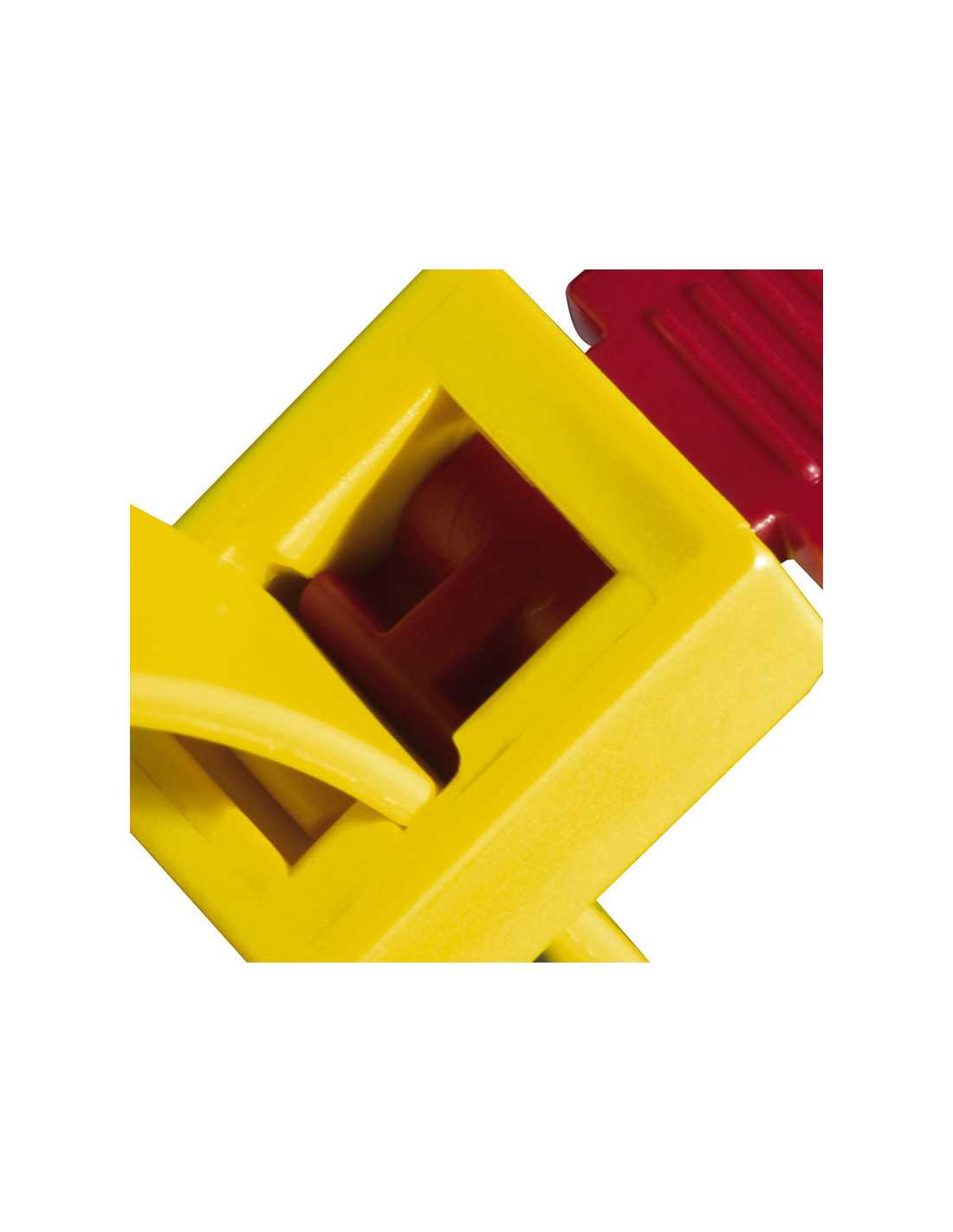
Attach it to the cluster and then move it accordingly to have it in the middle. 35 or something), and draw a vertical line of that thickness. Then go to the line tool and choose a thick line (.2, or. Choose any shape and on the shape designer, choose it and delete it. That settled go to the shape tool -> shapes -> create new. Then with the mouse move the new stem as needed to start from the top note and upwards a little. Click select, to select the newly made shape. Don't worry about not being exactly on the middle (the small circle there). Double click on the handle that will appear on the chord to enter the shape selection. Then go to special tools -> custom stem tool and then click on the bar of interest. Thus the need for a graphic notation is greater than ever! simmilaraly you may notice that the first and second strings to change their pitch are not playing normal semitones, but quarter tones.
#Finale printmusic speedy tie full#
This is why it's not a full staff and is empty in between. If you notice the first staff to be found (the smaller one), it is there that the conductor (as this is the conductors score, you will never see something like this in a part really), sees which pitches enter. This is a technique, first used by Penderevsky in his work "Threnody for the victims of Hiroshima". The image is kinda distorted and small, and it doesn't really show, but the thick line on the first main staff grows thicker, while more instruments enter.

If only a natural was there, it would be a sign to play only the white keys, and simmilarly if only the sharp was there, it would be a notion to play the black key only (although in this case, it's easier to notate them ordinarily). the natural and sharp signs, above the note, indicates that both black and white keys are to be played.The stem is there, to distinguish between a whole note and a half note.So let's go to the meanings of the two examples.Įxample 2.1: The said instrument (most probably a piano) will play all pitches from D to B and hold them for the duration of a half note. Or a long cluster which takes a long ammount of time, shown either in bars, or seconds, which can be shown as this: A short cluster (quarter, half, whole note maybe) can be shown as thus: There are two main ways to imply a cluster, and are distinguished by the length. Combine more than 2 to create glissandos as shown. Then edit it as described above (with the exception that all handles are already visible). In later versions of finale (2006, for example), you do not need to enter the expression tool, but simply enter a legato slur between 2 notes. Combining many of these small legato slurs, creates the above glissando. Thus you can create any corner you want with 1 turn. It will reveal 2 new handles, each of which moves half of the legato slur.

In the shape design window, select the legato slur and the double click on the middle handle.
#Finale printmusic speedy tie how to#
* How to construct this wavy line: That is kinda tricky and takes effort, but I find the result very appealing to the eye, and the performers actually! In finale2000, on the expression tool -> shape (on the expression selection) -> edit No. If you try to choose only the 32nd, it will move the bottom beam, but not the above. In which case you will need to double click on the grabber and choose all choices up to the 32nd. Moving the right one will move the beams. clicking on the bar of interest will show to handles. * How to extend the beam lines: Go the speacial tools -> Beam Extention Tool. The speed of the first seven notes, doesn't really make any difference, but it is usually 32nds as this always creates the notion of. Specifically for the harp, I had to notate the first 7 notes (E, F, G, A, Bb, C and D), so that the harpist will know how to tune his insturment.

Strings, a trombone (with limited range), maybe even piano. Here it is a harp, but this kind of glissando can work in any kind of instrument really. So, let's get started with something, that I particularly like :D A glissando.


 0 kommentar(er)
0 kommentar(er)
